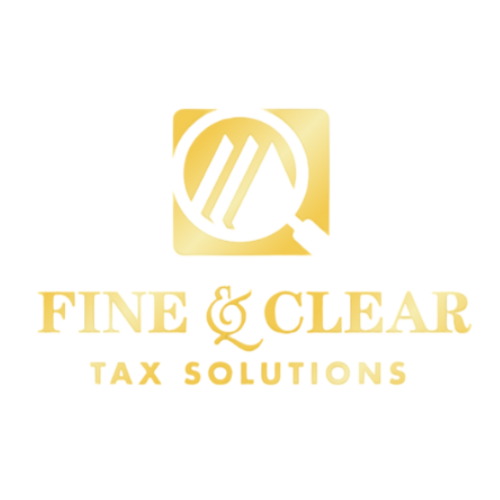Getting a notice from the IRS saying you owe over $10,000 can trigger panic—and rightfully so. Once you cross that five-figure threshold, the IRS becomes far more aggressive in its collection efforts. But there’s good news: you still have time to take control. The IRS provides multiple programs for resolving tax debt, and with the right strategy, you can move toward financial peace of mind.
Step 1: Don’t Ignore the IRS
If the IRS has sent you a letter, it’s not something to shelve and deal with “later.” IRS notices often come with hard deadlines, and ignoring them can lead to serious consequences, including wage garnishment, bank account levies, and even property liens. Read every letter, note the deadlines, and start preparing your next move.
Step 2: Request Your IRS Transcripts
Before you can choose the right resolution path, you need a full picture of what you owe. IRS account transcripts show exactly how much you owe, for which tax years, and how much of it is due to penalties or interest. You can access this information on IRS.gov. Having this data puts you on level ground with the IRS and helps you avoid surprises.
Step 3: Know the Relief Options Available
The IRS doesn’t want to ruin your life—it wants to collect what it can, and it understands that full payment isn’t always possible. Depending on your financial circumstances, you might qualify for one or more of the following programs:
Installment Agreement – Pay your debt in smaller monthly installments over time.
Offer in Compromise (OIC) – Settle your total debt for less if you can prove financial hardship.
Currently Not Collectible (CNC) – Pause collection efforts if you can’t afford to pay anything right now.
Penalty Abatement – Eliminate or reduce penalties for late filing or late payment if you have a legitimate reason.
Each option comes with its own eligibility requirements, and the wrong choice could result in unnecessary costs or delays.
Step 4: Avoid Common Mistakes
Taxpayers in distress sometimes take shortcuts that end up making things worse. Be careful not to:
- Pay off debt with high-interest credit cards
- Miss deadlines or submit incomplete documents
- Ignore IRS notices hoping they’ll stop
- Choose a resolution program without understanding the fine print
Every move should be based on your financial reality and legal standing.
Step 5: Work With a Skilled Tax Resolution Expert
When dealing with the IRS, experience matters. A tax resolution specialist can:
- Analyze your full financial picture
- Determine which relief programs you qualify for
- Represent you in communications with the IRS
- Help remove levies or garnishments
- Ensure you don’t make costly mistakes
If you owe the IRS more than $10,000, Fine & Clear Tax Resolution is here to help. Led by Guy Finocchiaro, our team is dedicated to finding the right path for your situation—one that reduces stress and gets you back on track. Call us today for a free consultation and take the first step toward financial clarity.

